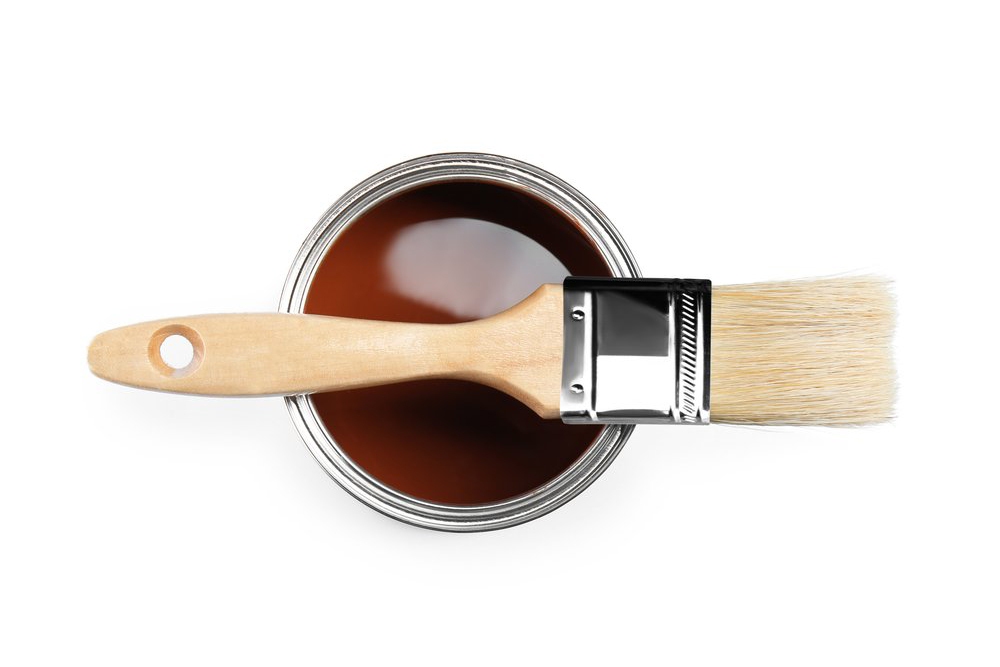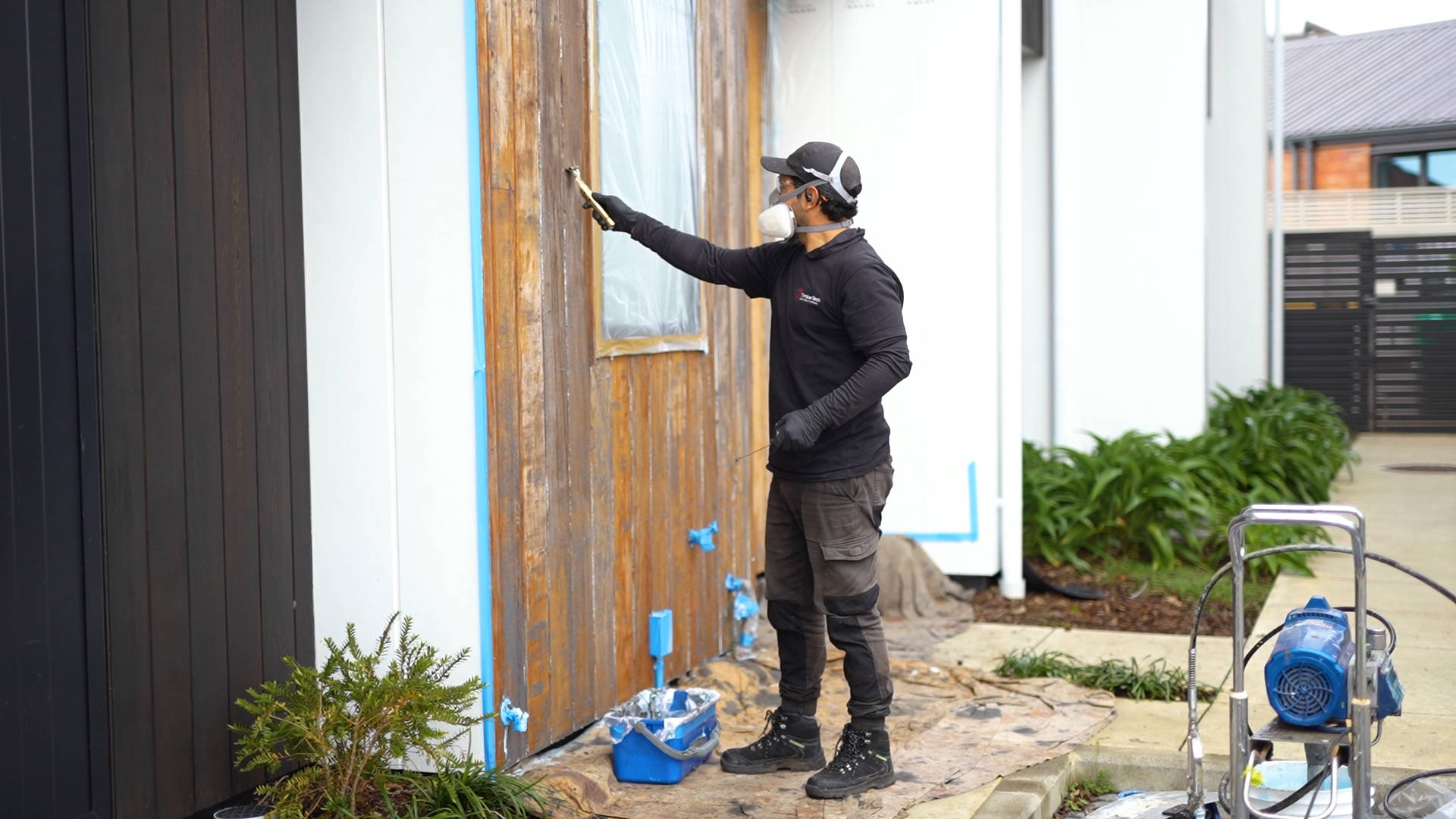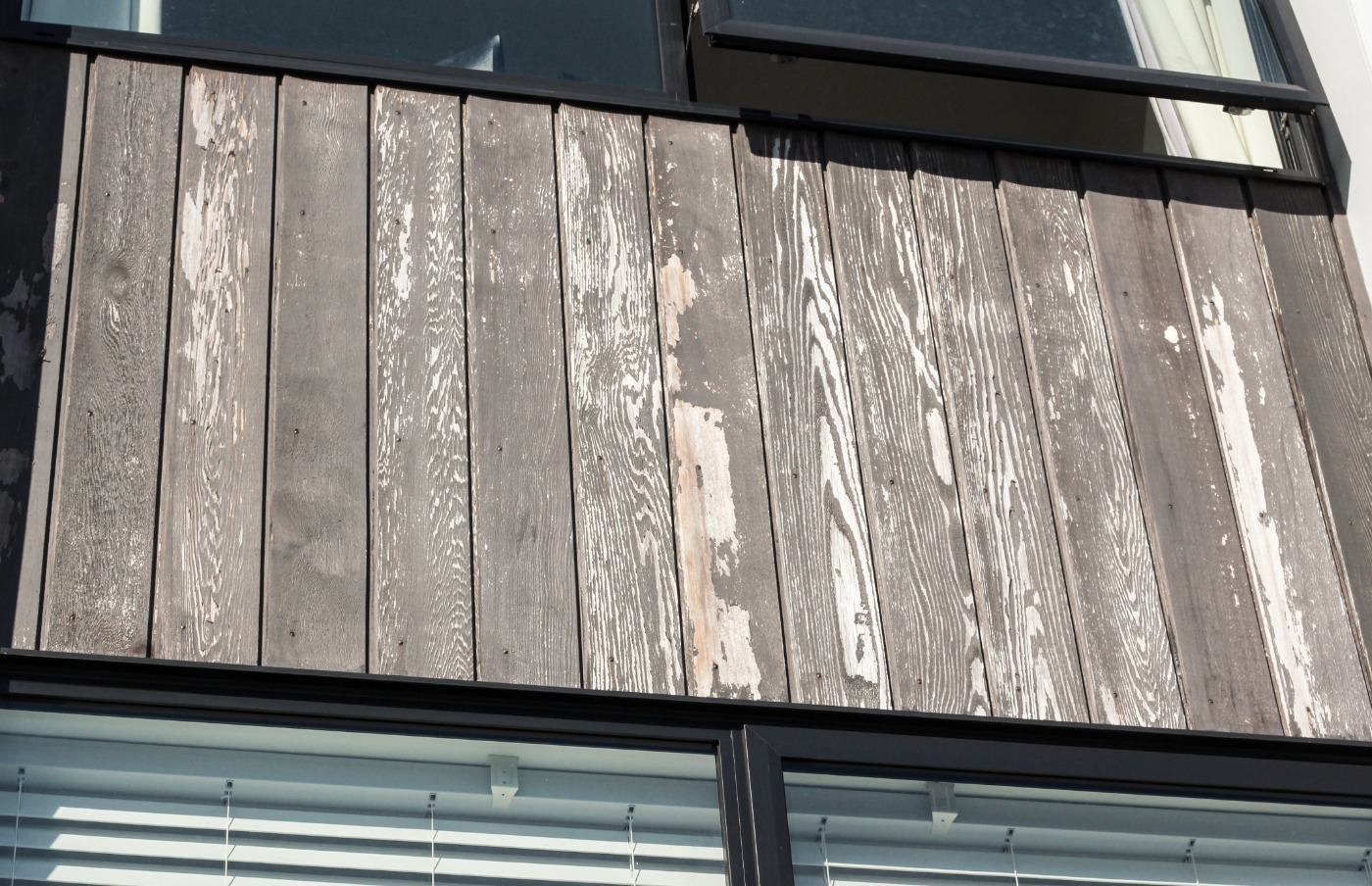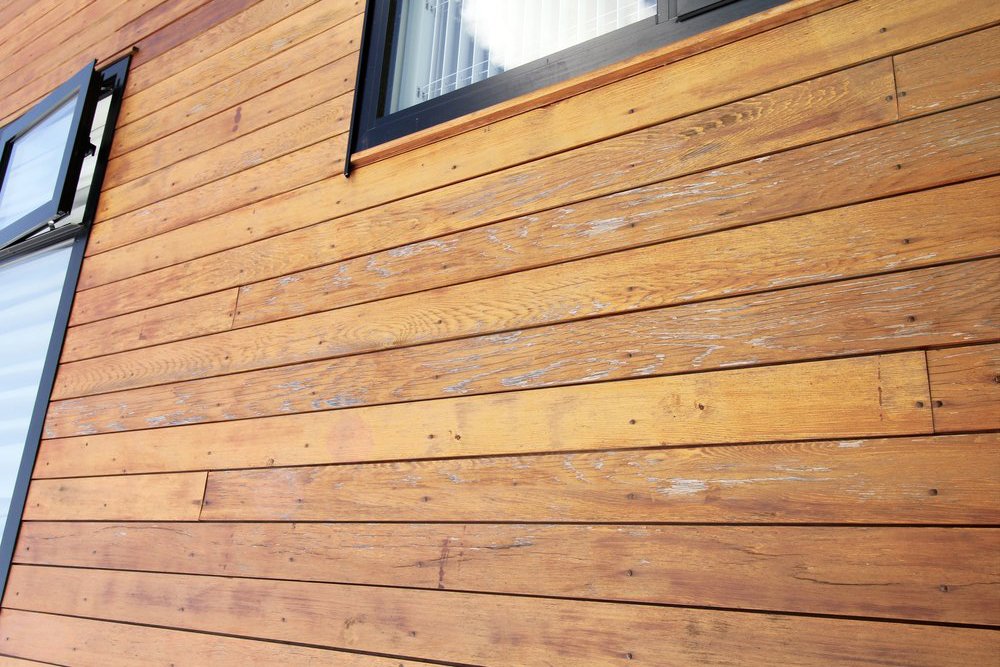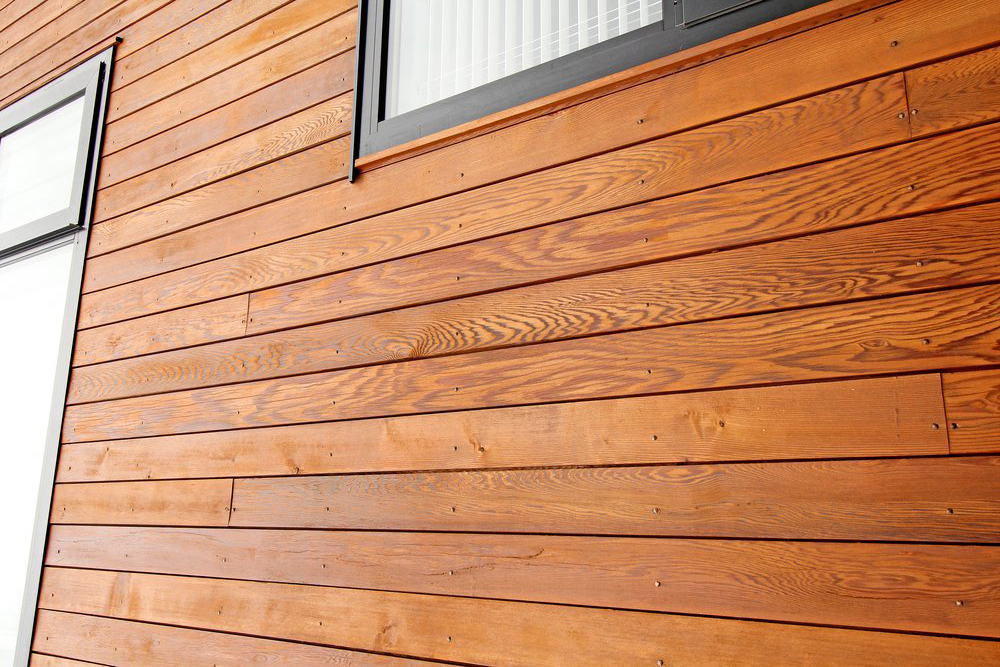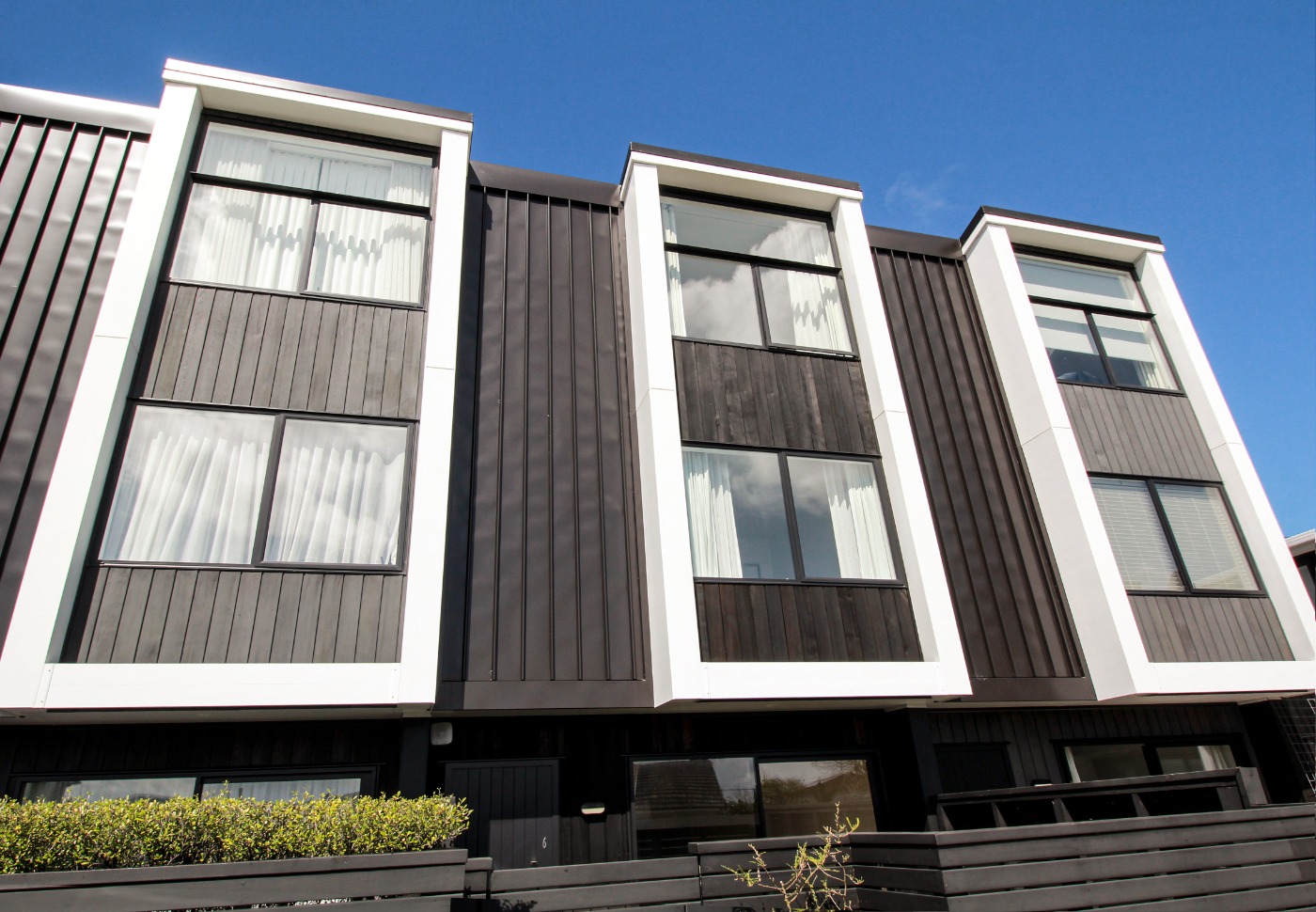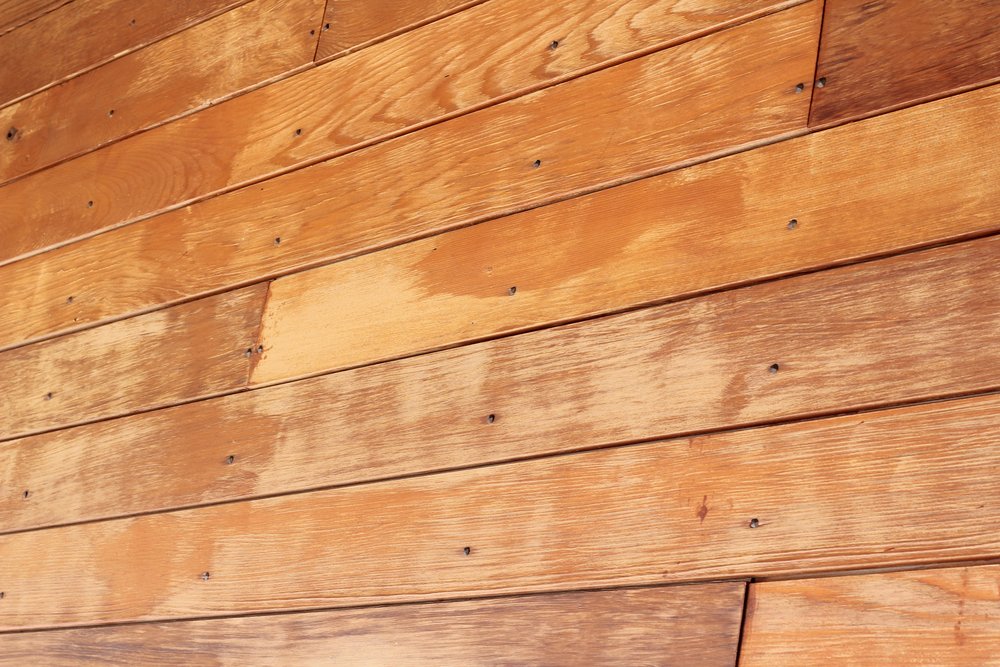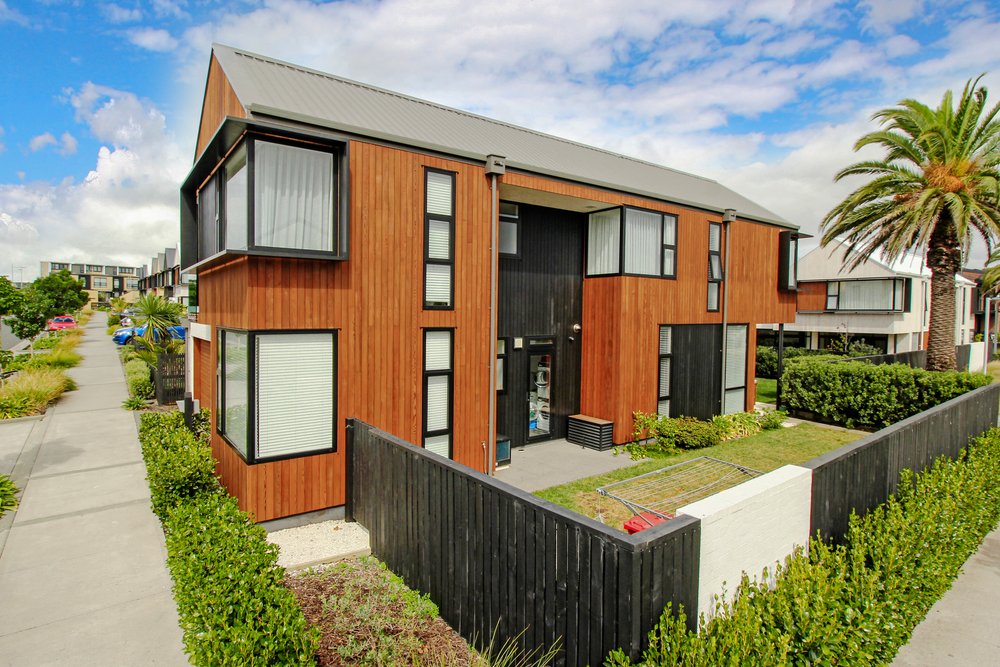Cedar is a miracle timber if ever there was one. It’s a better insulator than brick or concrete, it keeps noise out, is highly durable and – as every Cedar homeowner can attest – it looks stunning and unique.
At TimberTech, we genuinely believe that Cedar is a remarkable cladding material.
In this article, we want to share what makes Cedar such an effective cladding, and highlight some little-known facts about this amazing timber.
If you own a Cedar home, or are looking to buy a Cedar home, rest assured that Cedar is one of the best claddings around.
1. Cellular Structure
Cedar is designed to move, with deep pores that allow moisture in and out without damaging the stability of the timber.
This means that in the summer, when the hot sun is sucking moisture from the timber and causing it to contract, Cedar can move with minimal cracking.
And in the winter, when Cedar gets wet and starts to expand again, it does so without cupping and warping, which are problems that come with other timbers.
2. Deep Pores
Those deep pores we mentioned, they are also genius at holding stains and oils.
This is important for extending the life of the timber and keeping it looking fresh and vibrant.
New Zealand has strong UV rays that will break down any type of coating applied to a house and suck out the natural oils, eventually drying out the timber and leading to roughening of the surface and fine cracks (which is called “surface checking” in the industry).
Regular oiling will prolong the beautiful look and weather resistance of your Cedar by penetrating deeply through the Cedar’s open cellular structure and replacing the natural oils lost over time.
3. Ease of Maintenance
Like any building material exposed to the elements, Cedar needs maintenance both to protect the internal structure of the house, and to keep it looking cosmetically beautiful.
This isn’t a downside, just an unavoidable part of owning a house.
With Cedar you don’t have to constantly maintain the whole house, just the areas that are exposed to the sun.
For most Cedar homes, this means recoating sun-exposed areas every 2-3 summers. The sheltered faces of a Cedar home are very low-maintenance and will only need recoating 2-3 times over a 15-year period.
4. Durability & Insulation
Cedar is a superior insulator compared to other weatherboards, letting the house breath over summer, and keeping the warmth in over winter. It also dries very quickly because the timber is so porous and rich with pores.
On a side note, regularly maintaining your Cedar will help improve the energy efficiency of your home. Adding oil to the boards keeps them flat and stops the cold getting in, and the heat getting out. Boards that have been oiled will also cause rain to bead from the surface and keep the internal structure of the house dry.
Cedar also has its own mould and fungal inhibitors within the timber to stop rot and nasties from getting established.
5. Cedar Just Looks Stunning
Let’s put the amazing properties of Cedar to one side and talk about how good it looks.
A well-maintained Cedar home has a timeless look. As the timber ages, it will naturally weather, getting etched by the sun, rain and elements to have a beautiful rustic look.
Colour wise, Cedar can be anything from blonde-yellow to deep Mahagony red, which lends itself to a unique aesthetic quality. There are no two Cedar weather boards that are the same. Some have lots of grain, some are very plain, but when oiled, each will have a different appearance.
Because the oil is translucent, it works with the underlying tones of the Cedar. And because stains and oil come in different colours, the final colour is always a unique blend, and always interesting to look at.
Want to Know More?
To learn more about Cedar, visit our Knowledge Hub. This is a free resource for homeowners, with expert advice on Cedar protection, maintenance and restoration.
If you would like to see more beautiful Cedar homes, view Our Work.
And if you have any questions, please reach out. We are always happy to help!




